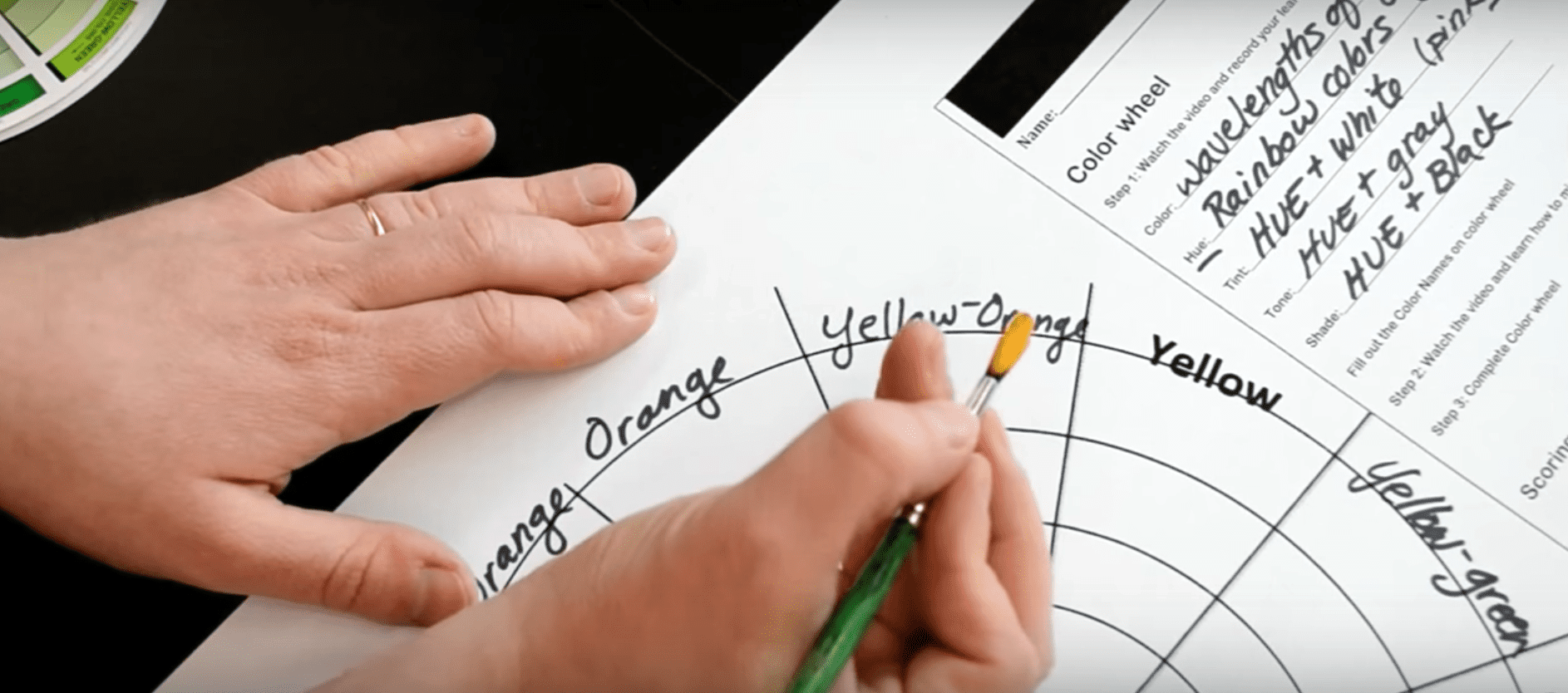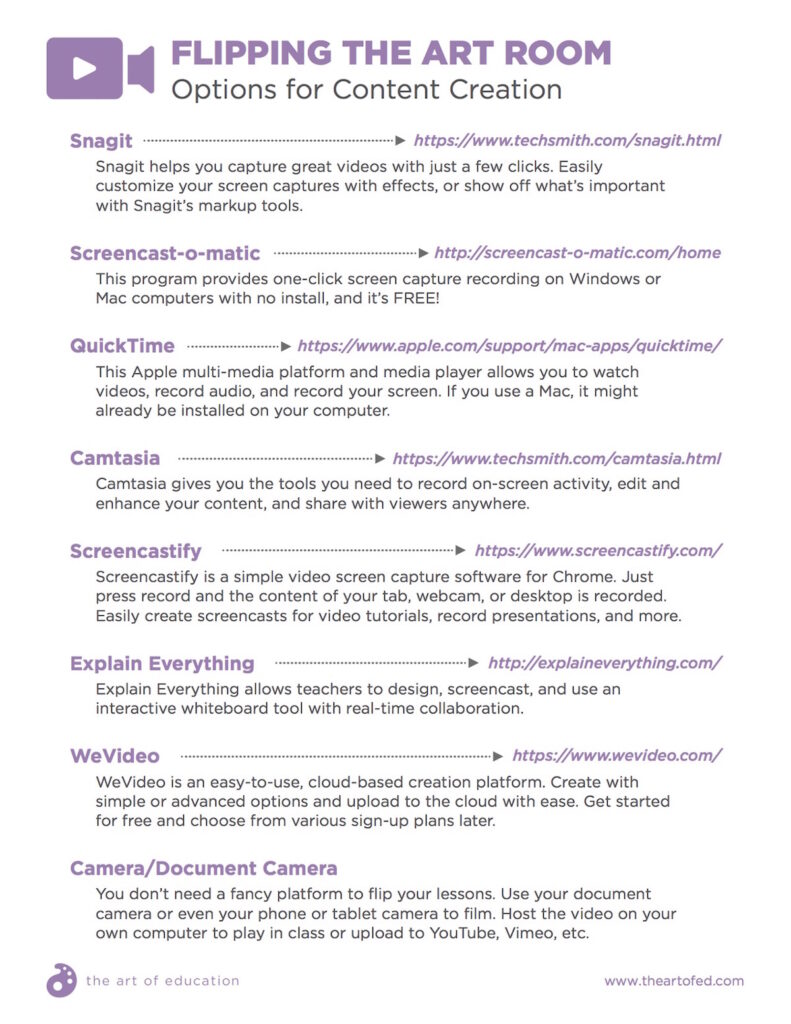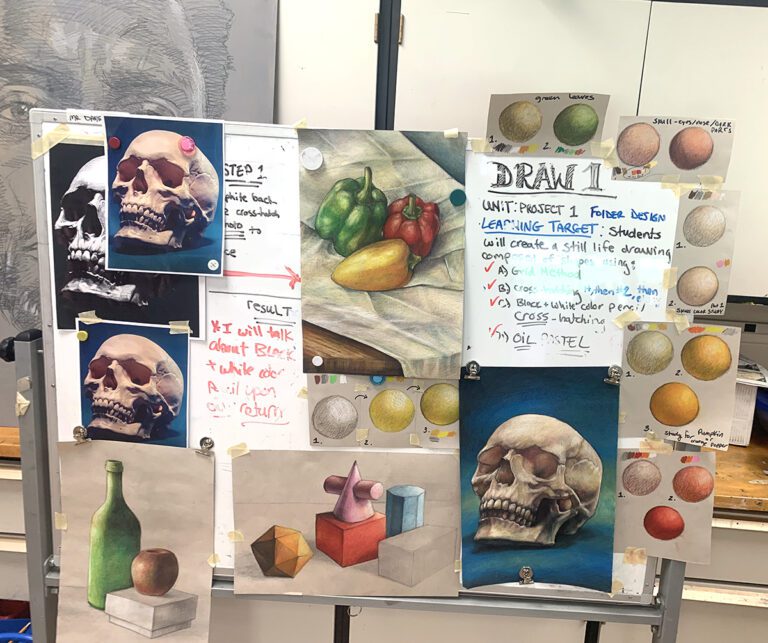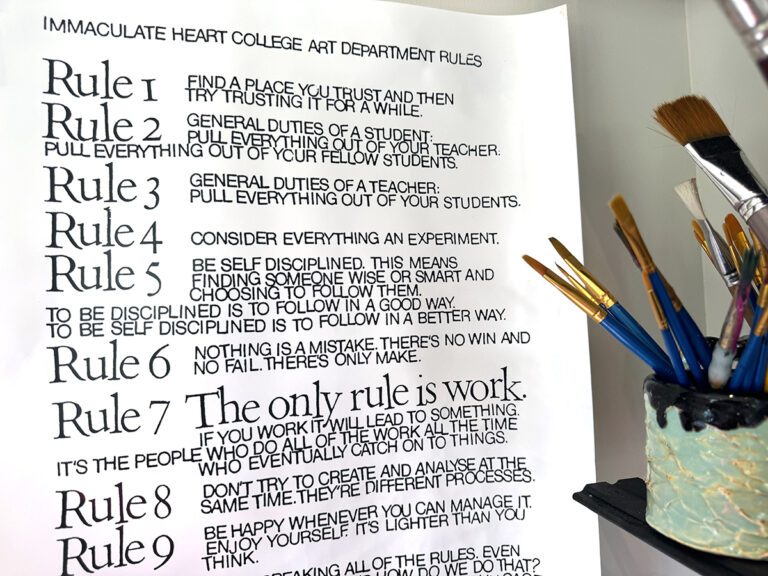Flipping your instruction can be a lifesaver in the art room. Traditional and TAB classrooms alike can benefit from using flipped classroom strategies in a multitude of ways. Not only will you have a digital record of your lesson plans, but flipping can help free up prep time, making those repetitive, mundane demonstrations (like how to wash a paintbrush) feel less draining. Flipping can also help you build a library of techniques and methods for students to access whenever they may need them. Perhaps more importantly, using flipped lessons can relieve the strain on your voice.
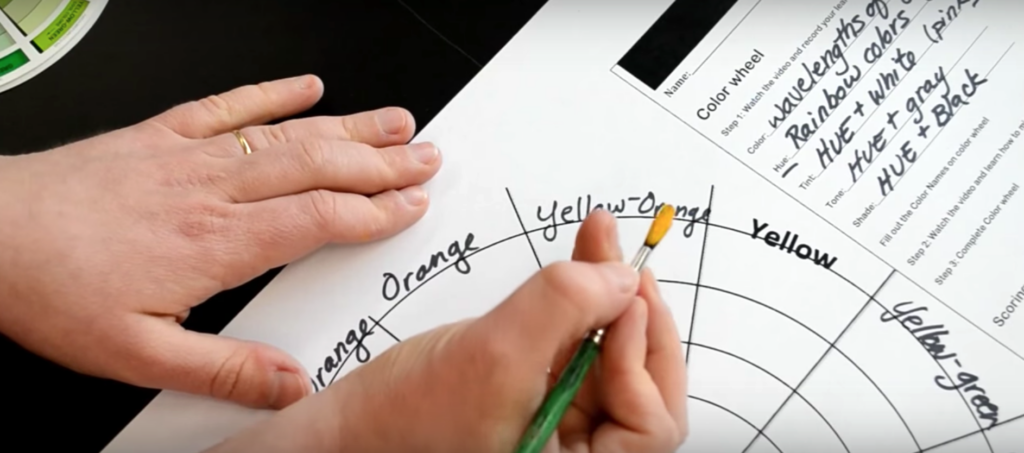
With all the benefits of creating flipped demos and lesson plans, the temptation to get started on flipping your instruction is hard to ignore. There are, however, many aspects to flipping that you’ll want to be prepared for before you dig in.
We’ve put together a handout to help you navigate the most essential parts of this process: how to go about recording the content and distributing the content to your students effectively. Download the informative handout below to get started exploring your flipped art room options!
What methods have you found best when it comes to flipping your demonstrations and lessons?
What benefits have you experienced through flipping your art room?
Magazine articles and podcasts are opinions of professional education contributors and do not necessarily represent the position of the Art of Education University (AOEU) or its academic offerings. Contributors use terms in the way they are most often talked about in the scope of their educational experiences.
